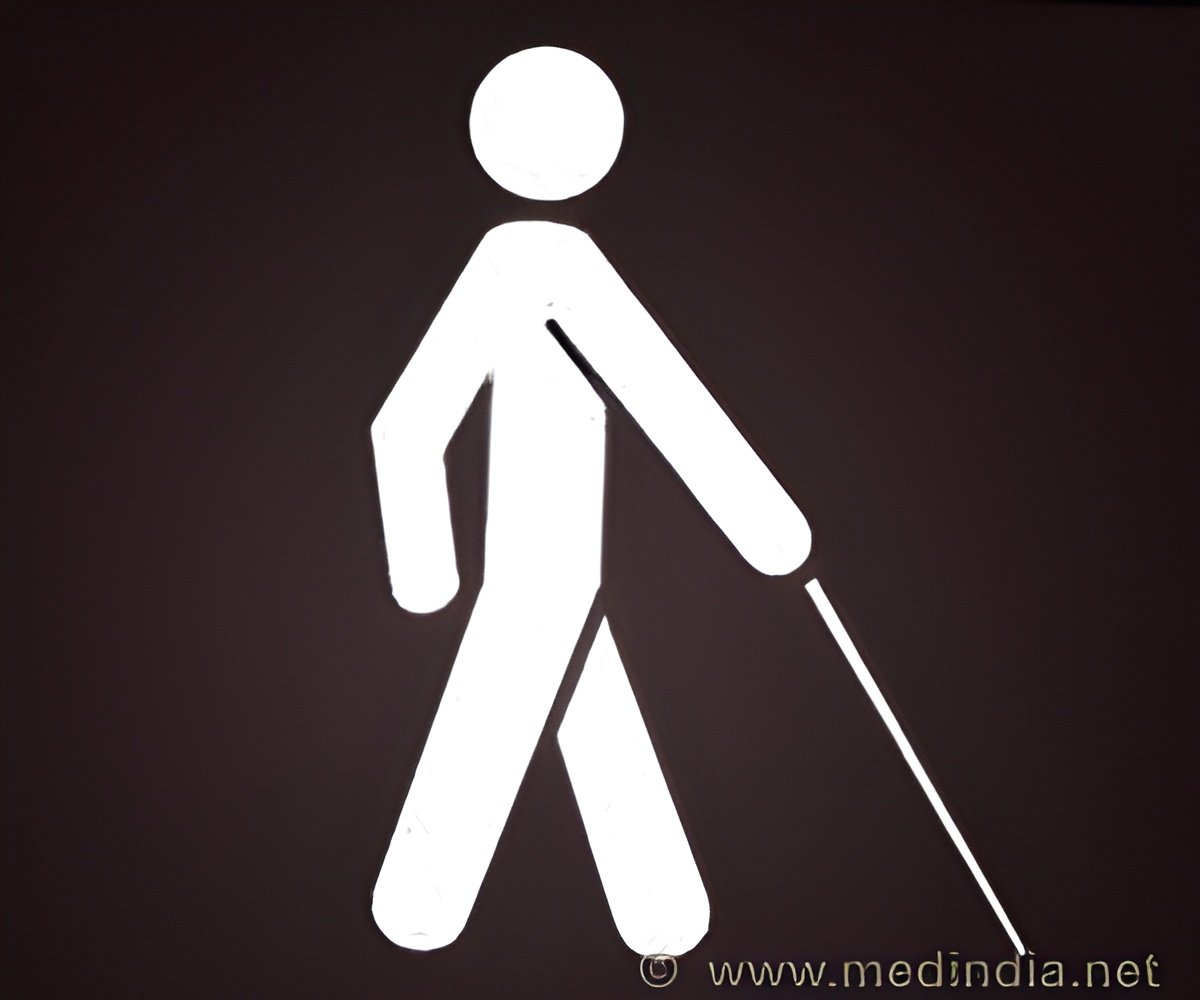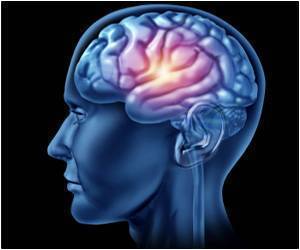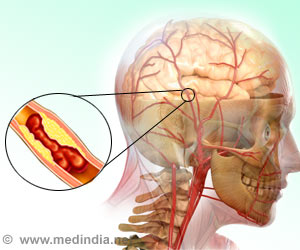
‘In visually impaired people, visual cortex in the brain responded as they did the math. The more complicated the math, the greater the activity was in the vision center.’
Tweet it Now
Further, the visual cortex -- also known as the visual area -- involved in doing maths is similar in both blind as well as sighted people, the study said. This visual cortex is extremely plastic and, when it isn't processing sight, can respond to everything from spoken language to math problems.
"The brain as a whole could be extremely adaptable, almost like a computer that -- depending on data coming in -- could reconfigure to handle almost limitless types of tasks," explained another researcher Marina Bedny, assistant professor at Johns Hopkins University.
It could someday be possible to re-route functions from a damaged area to a new spot in the brain, she said. "If we can make the visual cortex do math, then we can make any part of the brain do anything," Bedny stated.
For the study, the team involved congenitally blind people and sighted people wearing blindfolds to solve math equations and answer language questions while having a brain scan.
Advertisement
The participants also heard pairs of sentences and responded if the meaning of the sentences was the same or different.
Advertisement
Meanwhile, in blind participants only, regions of the visual cortex also responded as they did math. And the visual cortex did not merely respond, the more complicated the math, the greater the activity was in the vision center.
In addition, the study demonstrated that this re-purposed vision center in blind people was not just responding to new functions haphazardly. But, the region has become specialized and segmented by function, like any other part of the brain.
While some parts of the cortex are doing math, other parts are doing language, etc.
Even in a resting state, brain scans show these new brain regions connect to traditional parts of the brain responsible for math and language in sighted people, the researchers concluded.
The findings were published online in the journal Proceedings of the National Academy of Sciences.
Source-IANS













